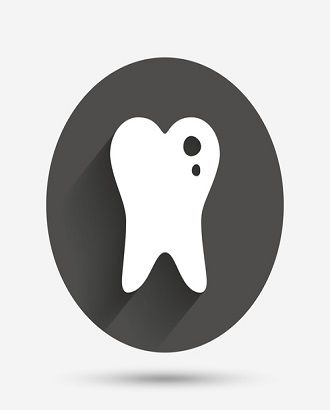Controversy Surrounds Dental Fillings and Mercury Exposure
A division of the College of Public Health at the University of Georgia is the first to analyze existing research and report that there is a relationship between dental surface restorations composed of dental amalgam and mercury exposure in a population of individuals from various backgrounds across the United States.

A division of the College of Public Health at the University of Georgia is the first to analyze existing research and report that there is a relationship between dental surface restorations composed of dental amalgam and mercury exposure in a population of individuals from various backgrounds across the United States. These restorations, typically composed of a mixture of mercury, silver, tin, and other metals significantly contribute to prolonged mercury levels in the body, according to the researchers.
The new study reviewed data from almost 15,000 people, with data capture methods controlling for age, education, ethnicity, race, gender, smoking, and seafood consumption, which is known to contribute to mercury levels in the body. The specific type of mercury involved in the exposure was also analyzed, with a significant increase in methyl mercury being found related to dental fillings. This is the most toxic form of mercury.
One of the study co-authors, Xiaozhong “John” Yu, said that “we know that mercury is poison, but it all depends on the dose. So, if you have one dental filling, maybe it’s OK. But if you have more than eight dental filings, the potential risk for adverse effect is higher.” The study concluded that people who have multiple dental fillings and who are also exposed to other environmental sources of mercury are at highest risk for elevated mercury levels in the body.
In response to this new research, the American Dental Association (ADA) released its own findings after examining the study results. According to the ADA, dental amalgam is a durable, safe, and effective option for filling dental caries. The ADA also noted that mercury levels cited in the study did not exceed levels that are known to cause adverse health effects according to research from the National Academy of Sciences. Additionally, the study examined data including two different types of dental materials, including composite that does not contain mercury at all. Thus, the ADA stressed that the study’s findings might be subject to over-interpretation of the results.
Dental amalgam has been used as a filling material in more than 100 million Americans. Used for more than 150 years, it is affordable and durable, with its safety and effectiveness having been studied and reviewed extensively.
The study’s lead author, Lei Yin, said that “it’s important for doctors and patients to be informed in their selections…(and) we now have an excellent starting point to evaluate the potential risk of dental material on human health.” The ADA determined that there can be no conclusions drawn about the safety of dental amalgam simply based off the results of the study.
ACTIVA BioACTIVE Bulk Flow Marks Pulpdent’s First Major Product Release in 4 Years
December 12th 2024Next-generation bulk-fill dental restorative raises the standard of care for bulk-fill procedures by providing natural remineralization support, while also overcoming current bulk-fill limitations.